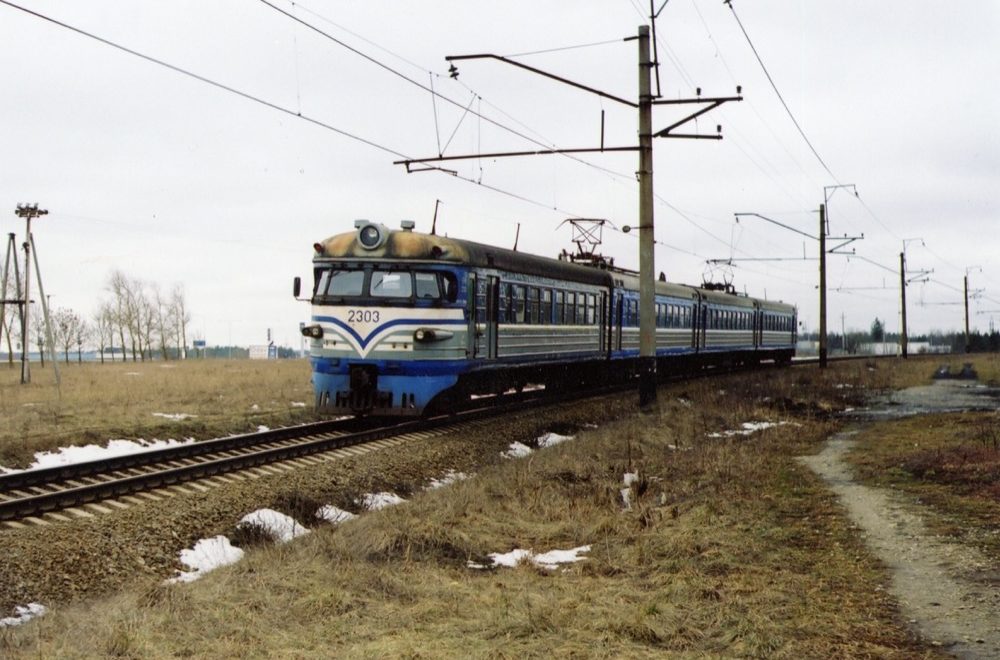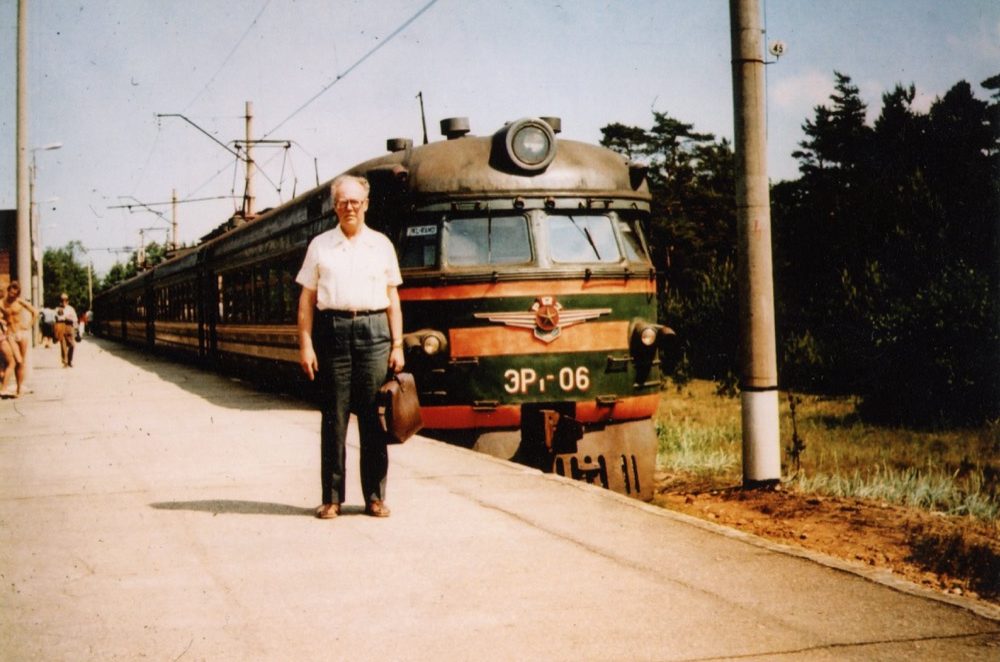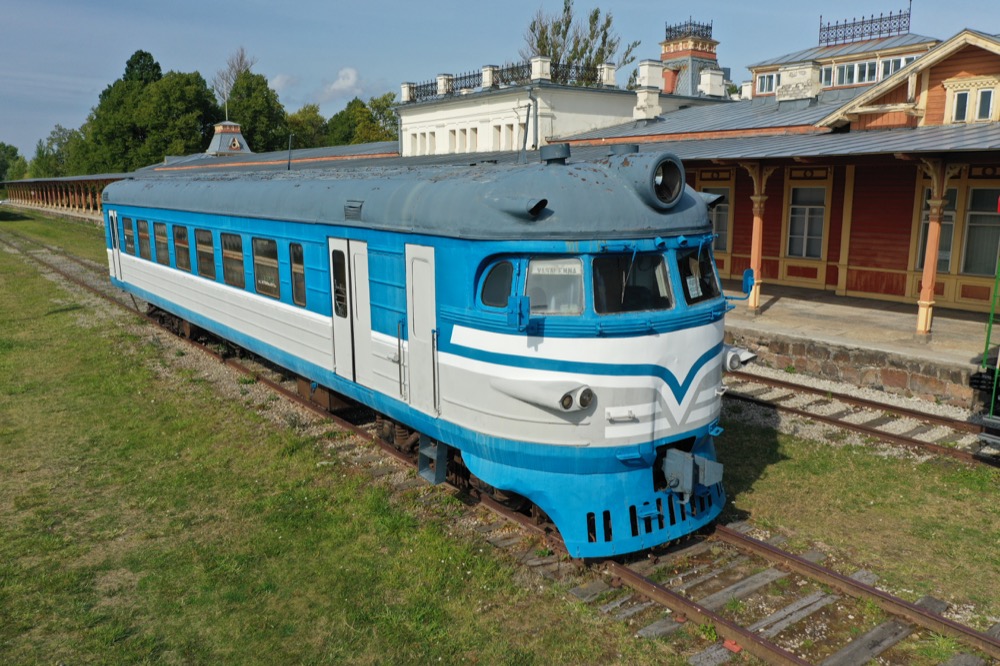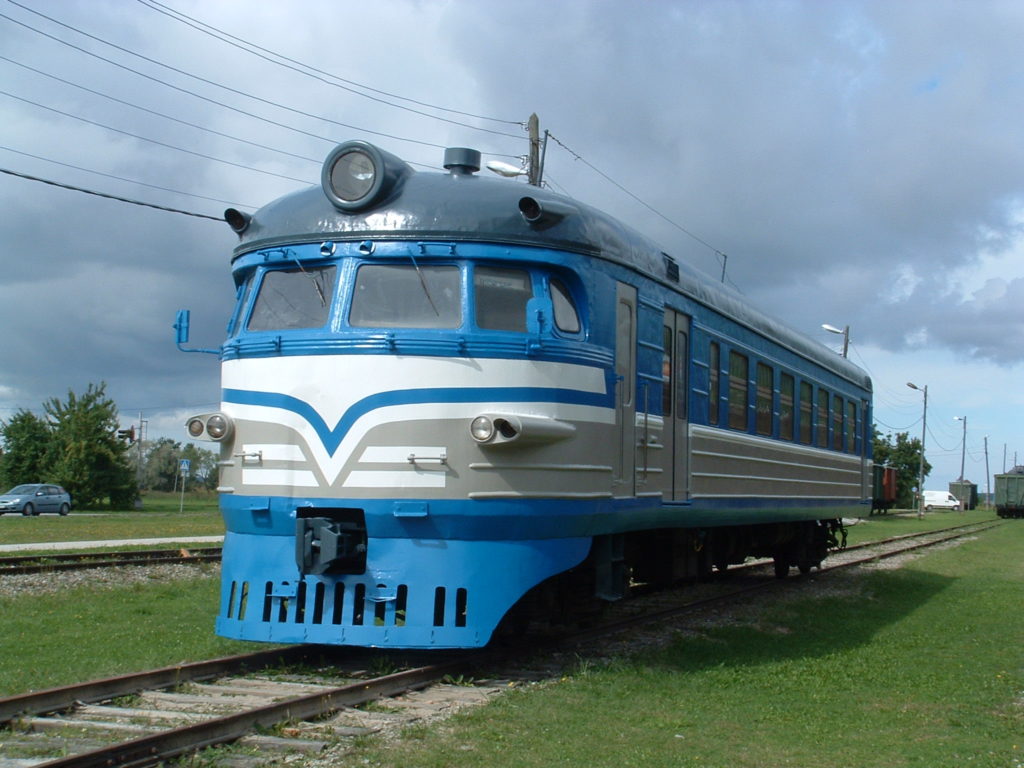
The driving car 2303 of the electric multiple unit ER1 with the original number ЭР1-609 was built in Latvia at the Riga car-building plant in 1958 for the electric train ЭР1-06 that was delivered to the Severnaya Railway of Moscow. Later, the original train set was rearranged and its cars were distributed to various depots. The driving cars 601 and 609 of the electric train ЭР1-06 were brought from Moscow to Tallinn on June 1, 1980. Estonian Railways renumbered these cars: 601 became 2301 and 609 got the number 2303. From December 1993 to April 1994, the car was repaired at the Baltic Shipbuilding Yard, where its interior was renewed and the exterior repainted with a new colour scheme. Afterwards, it became a part of a four-car unit until 2002, when it was retired by AS Elektriraudtee. The driving car was transported to Haapsalu on November 26, 2002 to be exhibited at the Railway Museum. In the period of 1958–2001, the kilometrage of the carriage was 5.1 million kilometres.The ten-car electric multiple unit ER1 (ЭР1) was designed at the Riga car-building plant in 1957 for serving suburban lines of cities. The maximum speed of the train was 130 km/h with an acceleration of 0.7 m/s2. The full length of the train was 200.6 metres, including 1,056 seats, and its operating weight was 560 tonnes. Working with a direct current of 3,300 V, the train achieved 2,000 kW as maximum power. The ten-car train included five motor cars, three trailer cars, and two driving cars. From 1957 to 1962, a total of 259 multiple units of that class were built. The first ER1 electric trains arrived in Estonia as late as 1976, whereas in 1991, there were 10 ER1 trains. The renovation of these electric trains commenced in 1993 at the Baltic Shipbuilding Yard. Until mid-1990s, the Estonian ER1 trains mainly ran as six-car units, but later as four-car ones. In the summer of 2005, the last ER1 trains were retired and scrapped.


